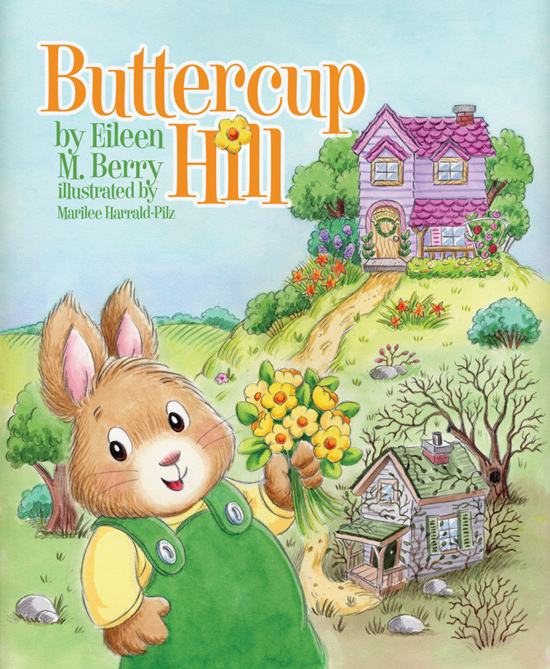Almost every fable has a story behind the story. On the surface we see fanciful animal characters engaged in lively action, but the story is carefully crafted to touch on a real-life truth. Buttercup Hill is a fable that tells a deeper story than the surface one. It shares a lesson that I learned somewhat painfully, but a lesson well worth learning.
The lesson began with a few simple statements that I’ve never forgotten. For several years I had worked in a ministry to children in a needy neighborhood. One of the people our group was attempting to serve leveled a rather harsh accusation at our ministry. “You don’t really care about us. You just come out of your fortress to do good deeds and then go running back. You don’t really want to get to know us.” Although I didn’t feel like the accusation was completely accurate, it cut me deeply. I knew that, although I dedicated time each week to the ministry, I hadn’t been doing all I could to really be a friend to these needy families. That comment resulted in a lot of prayerful thought about what else I could be doing for the families I was trying to serve. I could invite a child to be my guest for a special event. I could open my home for cookie baking. I could volunteer at a school. I could drop a pie by a house at Thanksgiving. Or I could just spend a few extra minutes on a front porch, listening and trying to understand. There’s almost always more we can do to be a friend.
And so I decided to explore in a story the idea of what it means to minister to needs through friendship. Hopkin Fleet and his mother want to help their needy neighbors. But until the Flops understand that the Fleets want to be friends, their overtures are not accepted. The Fleets have to leave their comfort zone, inviting the Flops into their personal space, sharing themselves as well as their things. They sacrifice to come alongside their neighbors in a crisis. And when the crisis has passed, the result is a beautiful garden—and a friendship—lovingly planted and cared for.
Read the opening pages of Eileen’s chapter book for young readers, Buttercup Hill.

Leave a Reply